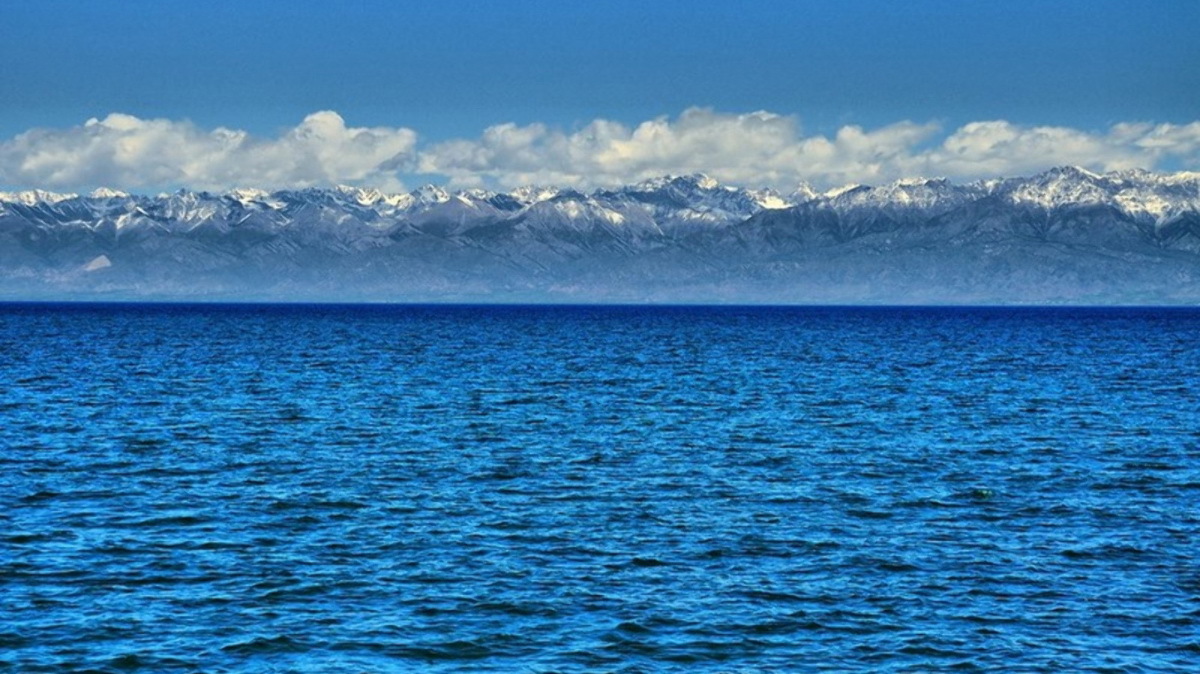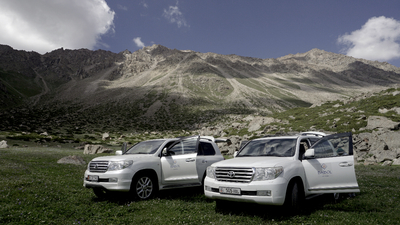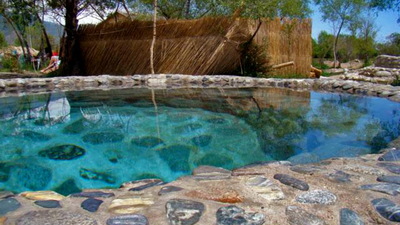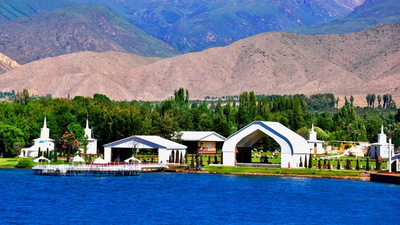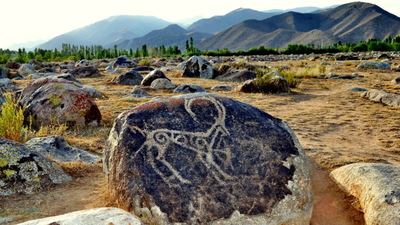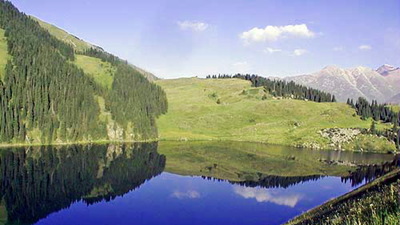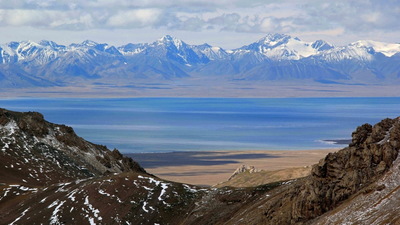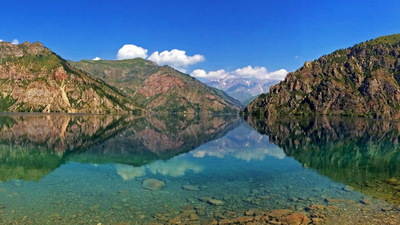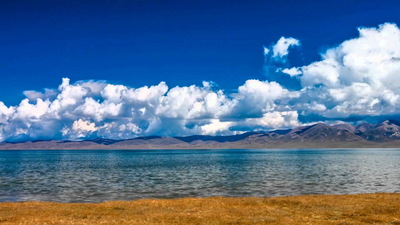Issyk-Kul lake
Our tours passing through Issyk-Kul lake
Baibol services
In the heart of Eurasia, between the magnificent ridges of the Northern Tien-Shan: Küngöy-Ala-Too and Terskey-Ala-Too, at a height of over 1600 meters above sea level, there is a unique lake - Issyk-Köl. Kyrgyzs people and also experienced travelers used to call it a real miracle and pearl of Central Asia.
Issyk-Kul lake is one of the oldest lakes in the Central Asia. In the Chinese sources of the 2nd century BC it was called Je-Hai, which meant "warm sea". From Kyrgyz language Issyk-Köl means - "hot lake". The name of the lake is associated with its main feature, Issyk-Köl does not freeze in winter, because the salt lowers the freezing point of water.
In addition, Issyk-Kul is the largest lake in Kyrgyzstan and in the Central Asia. It is one of the 25 largest lakes in the world and the 6 deepest lakes in the world. At the same time the lake is absolutely drainless. The beauty of Issyk-Kul will have impressed at first sight, the lake resembles a bowl of crystal clear water, it attracts travelers by a rare combination of sea and mountain climates, picturesque nature and because has curative properties. The climate of the coast is moderately marine. The average July temperature is + 17 ° C.
Close to Issyk-Kul lake there is the Grigoriev and Semenov canyons, jailoo Kyrchyn, so you can also visit Rukh-Ordo and Aalam-Ord complexes. It's also a great opportunity to have a horseback riding or auto walks around the Issyk-Kul lake. Not far from the lake there is Salt Lake - Tuz-Köl, where you can take a slab bath that have unique healing properties. There are also hot radon springs, which are visited annually by many tourists to improve their health.
The Issyk-Kul lake has many secrets. According to one of them, the lake was visited by the great commander Tamerlane. He wanted to conquer the local tribes but everything was unsuccessful. In one of his military campaigns, he ordered his soldiers to take the stone and throw them into a pile, which eventually turned into a huge mountain.
The number of stone showed how many soldiers were still alive. A mound of stones called San Tash (calculating stones). During the Soviet period, archaeologists investigated this stone mound and came to the conclusion that one of the burial mounds is a burial ground of the Sako-Usun period.
Another legend about a flooded city and treasures, is based on a real fact. Earlier instead of Issyk-Kul lake there was town Chigu, which after went under the water. And this is an excellent opportunity for the extremists and explorers to dive deeper and try to uncover one of the many secrets that the legendary lake Issyk-Kul keeps.
